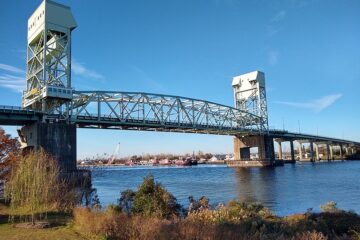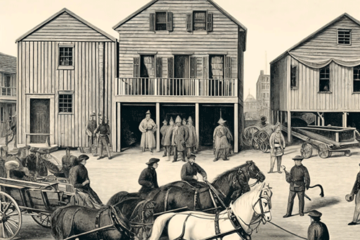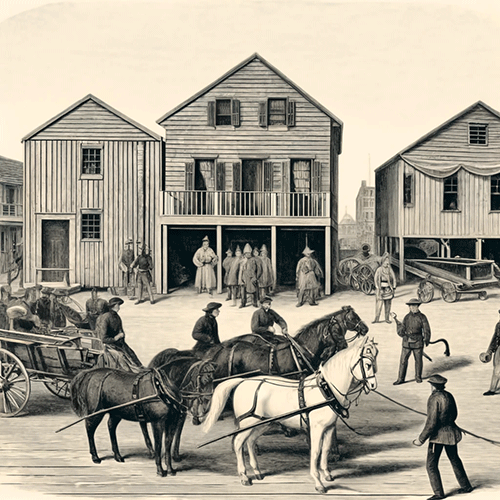
The Historical Significance of Wilmington, NC Shipyards During World War II
The Historical Significance of Wilmington, NC Shipyards During World War II
The city of Wilmington, North Carolina, holds a rich naval history, particularly during World War II, when its shipyards played a crucial role in the United States’ war efforts. The Wilmington shipyards were a centerpiece of the U.S. emergency shipbuilding program, which was pivotal in defeating the Axis powers by providing the necessary logistical support across the Atlantic and Pacific theaters.
Establishment and Expansion
Before the war, Wilmington was already a hub for maritime activities, but the onset of World War II dramatically accelerated its growth. The North Carolina Shipbuilding Company, established in 1941, rapidly expanded to meet wartime demands. This shipyard was strategically located along the Cape Fear River, making it ideal for shipbuilding activities due to its deep waters and sheltered location.
Contributions to the War Effort
During the war, the Wilmington shipyards were primarily involved in constructing Liberty ships and other types of vessels such as tankers and cargo ships. These Liberty ships were crucial because they transported troops, ammunition, food, and medical supplies to war fronts around the world. Remarkably, the Wilmington shipyards built more than 240 ships during the war, a testament to the incredible efforts and efficiency of the workforce.
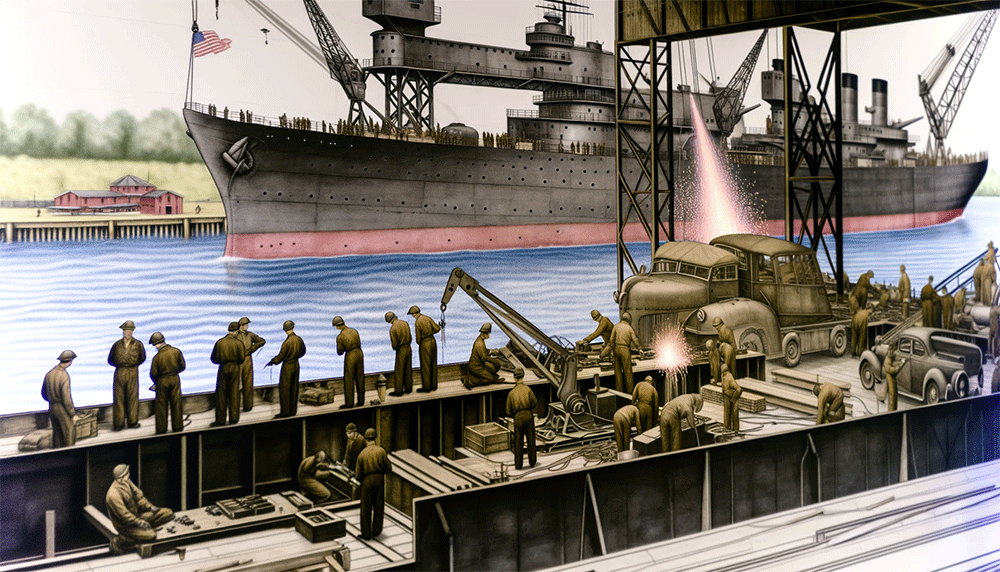
The shipyards employed thousands of workers, including a significant number of women and minorities, marking a transformative period in the local labor market. These workers were often referred to as “the greatest generation” for their sacrifices and hard work under challenging conditions.
Impact and Legacy
The Wilmington shipyards not only contributed significantly to the war effort but also had a profound impact on the local economy and community structure. The influx of workers led to rapid population growth and significant changes in the socio-economic landscape of Wilmington. Housing, schools, and public services expanded, and the city’s infrastructure developed at an unprecedented rate.
After the war, the shipyards continued to influence Wilmington’s economy, although they never returned to their wartime level of activity. Today, the site of the North Carolina Shipbuilding Company is marked by memorials that honor the workers’ contributions during World War II.
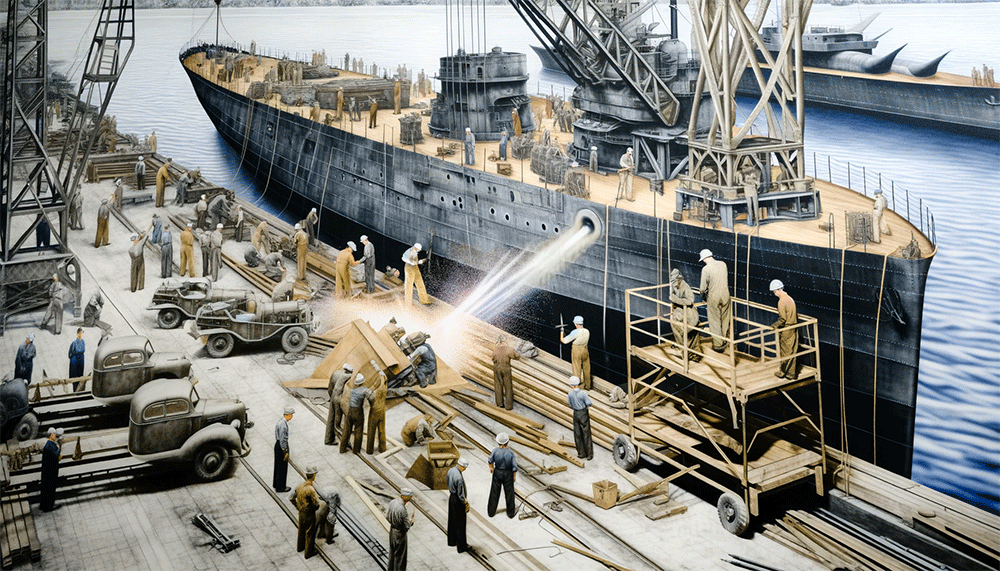
In summary, the Wilmington shipyards were more than just production facilities; they were a beacon of American resilience and ingenuity. Their legacy continues to be celebrated in Wilmington, reminding us of the crucial role that this small city played in the broader context of global warfare.
For a more detailed history and visuals of the Wilmington NC shipyard, you can explore the sources at The North Carolina Shipbuilding Company on Wikipedia, and the National Park Service website
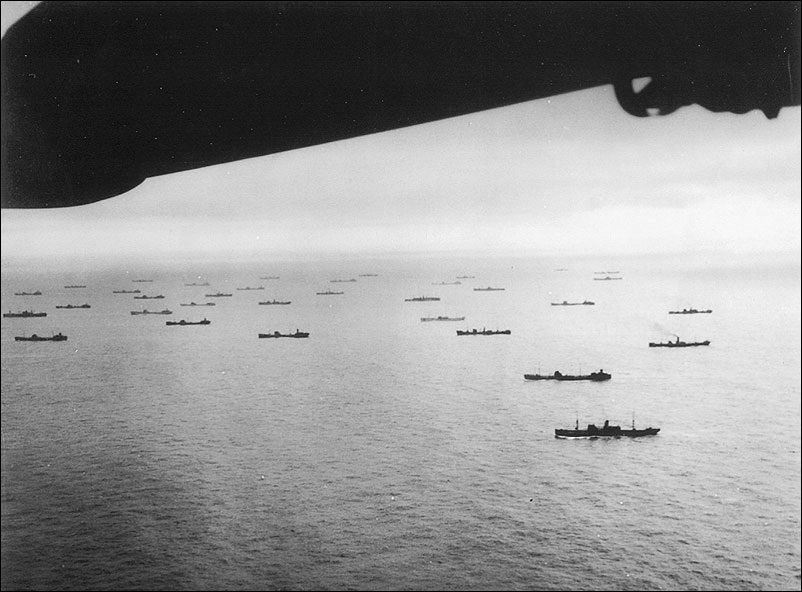
Wilmington NC Shipyard | Liberty Ships | Wilmington NC | New Hanover County | Port City | Wrightsville Beach NC | Castle Hayne NC | Kure Beach NC | ILM Advertiser | Topsail Coast Advertiser | Onslow Advertiser


